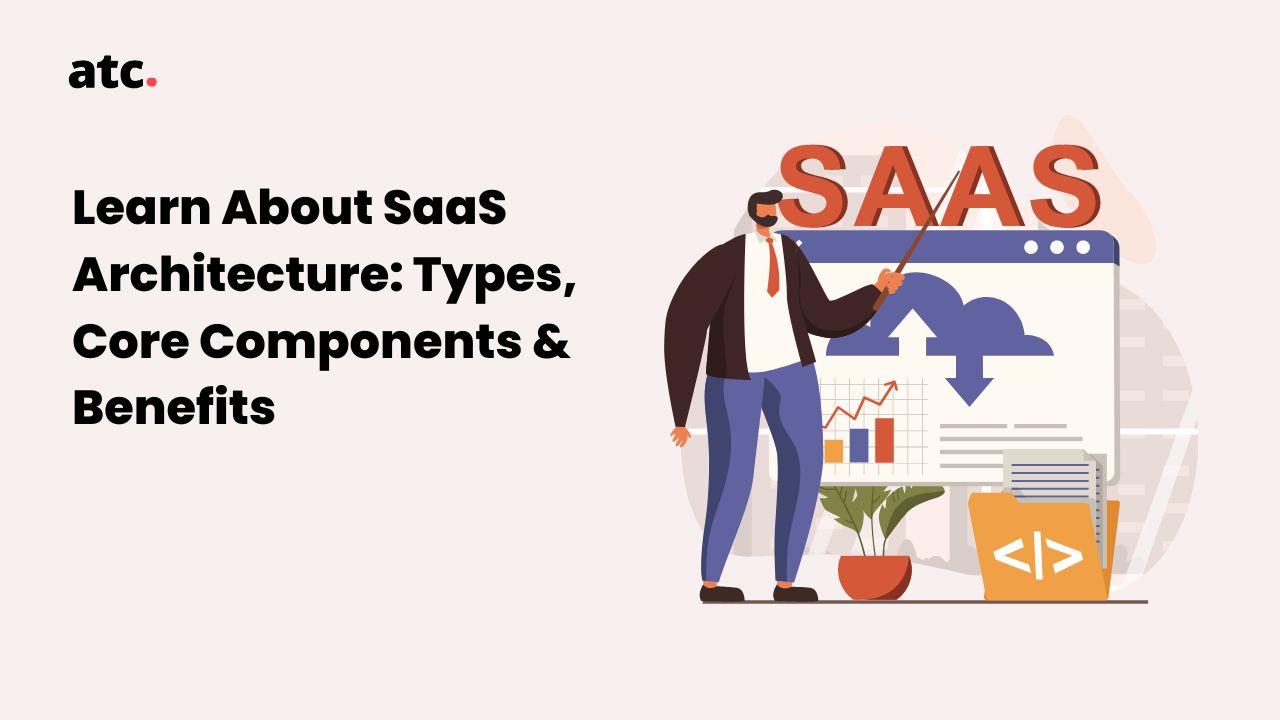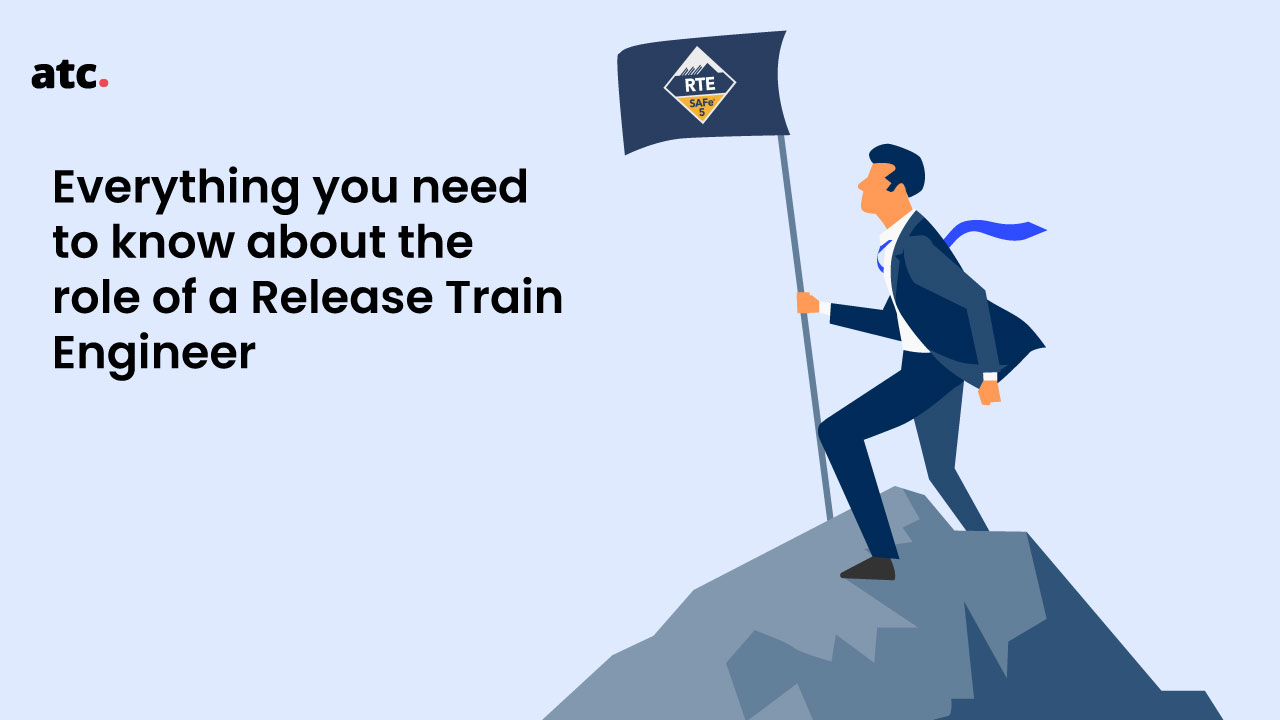Subscribe to the blog
It’s absolutely vital for software developers to meet the user requirements stipulated by their clients or bosses. Software requirements lay out the functional and nonfunctional specifications for the development team. However, conforming to the requirements alone isn’t enough. It’s also essential to meet user expectations.
Generally speaking, meeting the requirements is more straightforward because they are formulated by the client and presented to the dev team. Meeting user expectations, however, can be more difficult because they are not explicitly stated and harder to predict. Regardless, skilled dev teams must anticipate user expectations and strive to meet them.
User Requirements Are a Great Start (But Aren’t Enough)
Requirements are often “easy” to come by. They’re hashed out on whiteboards, brainstormed and discussed in detail, and then written up by clients and/or the management team. Of course, requirements often require input and feedback from the dev team, and over time they may be tweaked or adjusted. In nearly all cases, however, dev teams start with a clear list of requirements in hand before beginning work. (This certainly isn’t the case for user expectations, but more on that later.)
Requirements are vital for everyone involved. Clients draw up the requirements to ensure that the end software meets their needs. And the dev team needs them so that they know what to develop. Together, the client and dev team can then work towards building a software program that adds value to end users.
Still, the outlined requirements almost certainly won’t address all of the expectations of end users. A user may want a feature not accounted for by the requirements, or may anticipate the user interface to be designed in a different fashion, for example. Meeting user expectations is ultimately vital for every stakeholder.
Why Should You Care About End User Expectations?
So why should you bother with end user expectations? After all, you have the requirements in front of you. Why not just hew closely to them and develop the software strictly to meet the regulations? In the long run, user adoption determines the success or failure of software. And adoption rates are heavily influenced by meeting or failing to meet user expectations.
By anticipating and meeting user expectations, you’re more likely to develop software that will truly “wow” your users. In turn, users will be more likely to use your software and recommend it to family and friends. This will allow the software to build momentum and secure more users.
On the other hand, if users come in with certain expectations that aren’t met, they’ll be more likely to ditch the software. They also won’t be telling friends and family anything good about your software. By failing to manage and meet user expectations, your otherwise well-crafted software could wither on the vine. The end result? All the money spent developing the software is pretty much flushed down the drain.
How to Anticipate User Expectations
Unfortunately, expectations vary from user to user. You’ll never be able to meet every expectation, and even if you identify the most common ones, you’ll likely miss a few. Fortunately, software development is an iterative process so future versions of software can incorporate user feedback.
Still, you need to capture and meet as many user expectations as possible to ensure adoption. So if every user has different expectations, how can you meet them? In truth, you won’t meet every expectation, but you can meet many, if not most, of them. Even that, however, is no easy task.
First, put on your “user hat.” Do your best to set aside preconceived notions and prior knowledge. You want to come in as fresh as possible. Next, examine your software’s functions, considering what pain points it addresses. With that in mind, consider your software’s branding, sales messages, etc. How is your software presented to the world? This will have a big impact on user expectations. If your software promises to be “the most intuitive,” “fastest,” or “most customizable,” users are going to come in expecting just that.
Many user expectations, however, won’t be so easy to parse out. Say you offer a software solution to streamline internal project management companies. Your big angle is to “dramatically increase productivity at every level of your company.” It’s reasonable that users who see this would expect the software to be straightforward to use. After all, if the software is difficult to use, it could slow down users and result in wasted time.
Likewise, many users who see software advertised as “powerful” might expect it to be flexible and customizable as well. Why? Powerful software should be able to meet the specific needs of individual users, which often require some degree of customization. Meanwhile, software that’s “ready to use out-of-the-box” should function without requiring a lot of customization.
Unfortunately, the above only hints at the expectations users can develop. They can get much more complicated, intricate, and harder to anticipate. Worse yet, development teams will often struggle to objectively analyze needs because their vision is clouded by their knowledge and proximity to the software itself. Fortunately, there’s a solution.
Using Outside Testers to Anticipate User Needs
The best way to uncover user needs is to put on a “user thinking cap” and view the product from their point of view, which can be very difficult for development teams to do. Fortunately, professional software testers are in the perfect position to uncover user needs.
Since professional testers wouldn’t be as involved in the day-to-day development of the software, their views won’t be skewed by it. Since they didn’t develop the software, they also have to learn how it works like a user would. In other words, they’ll have to simply test it out.
Let’s consider an obvious example: the user interface. Many development teams greatly overestimate how intuitive their UI is. If you built the UI, you already possess expert level knowledge of how it works. However, using the software will not come so naturally for outside parties.
Professional testers can truly test and measure ease of use. They are also in a better position to expect the “unexpected” user expectations and point-of-view. This makes professional testers an excellent resource for not only ensuring that software meets the requirements, but also user expectations.
Conclusion: Software Requirements Are a Good Start, Meeting but Expectations is the Goal
So what’s the take away from all of this? Defining and meeting user requirements is an excellent start. For the dev team, meeting requirements will ensure that you meet the client or boss’s expectations. But here’s the thing: you’re not really developing software for clients/bosses, you’re developing software for users.
That’s why user expectations are so vital. Yes, they can be harder to anticipate and pin down, but the best software developers know that they need to pay attention to them. So really, the question you have to ask yourself is, are you happy being a middle-of-the-road software developer, or do you want to be among the best?
If it’s the latter, you’re going to have to meet user expectations. If you’re having trouble with expectations, consider reaching out to a professional tester for objective and fresh insights.




